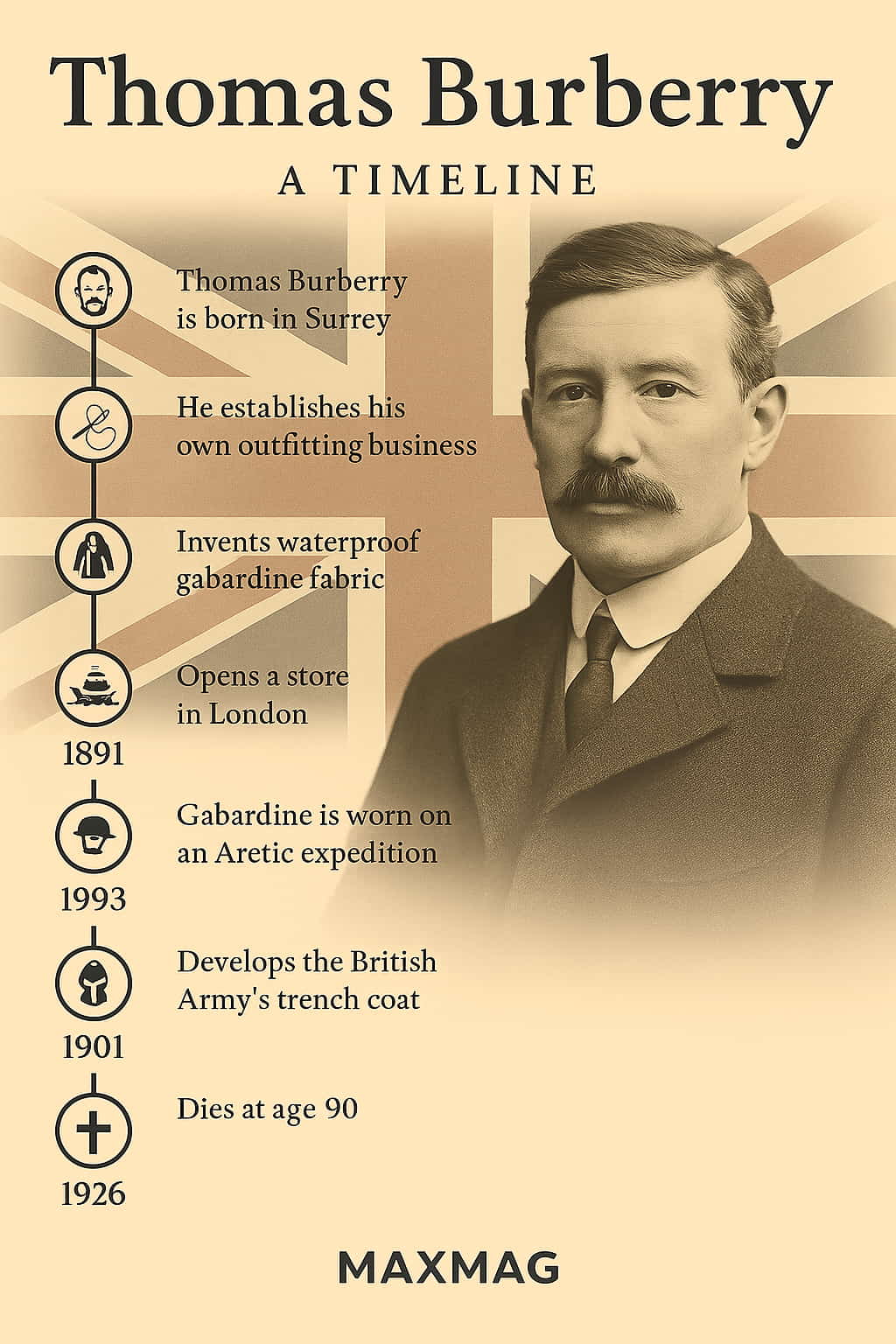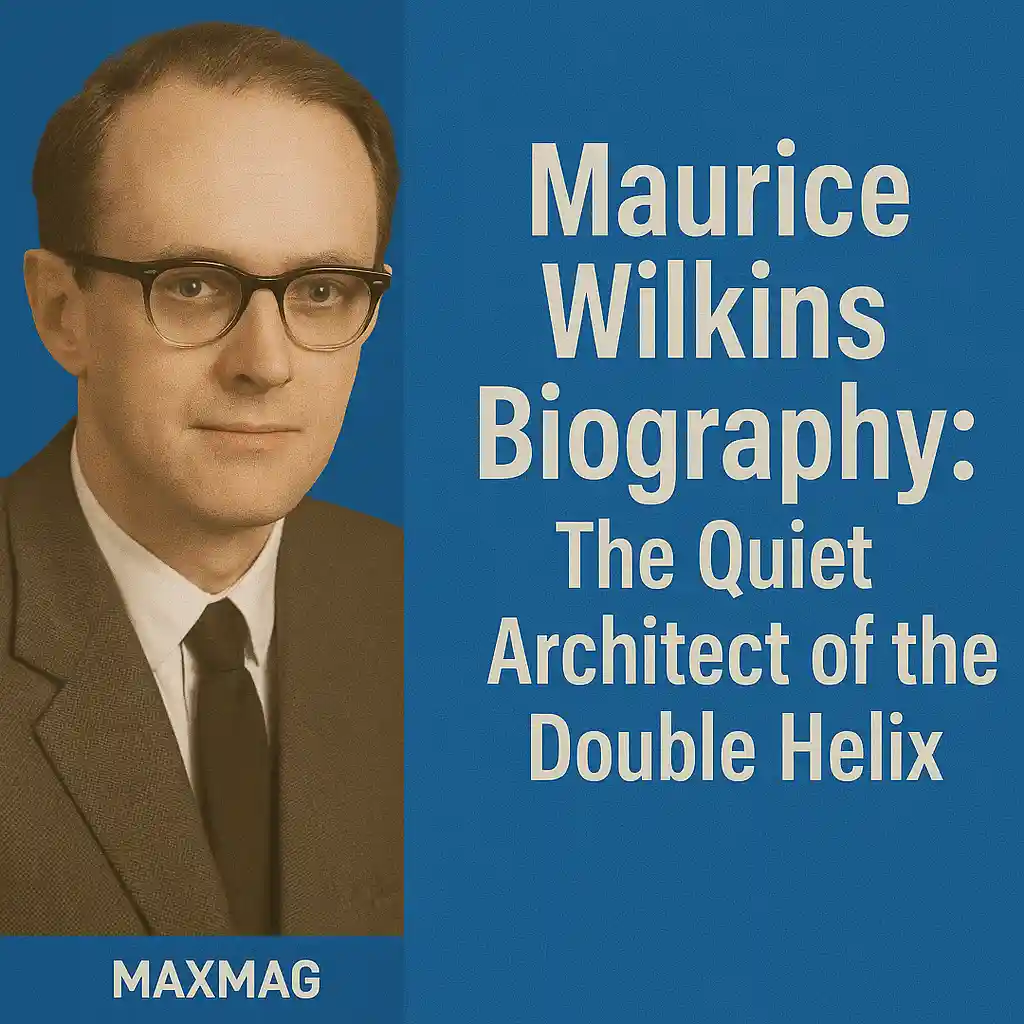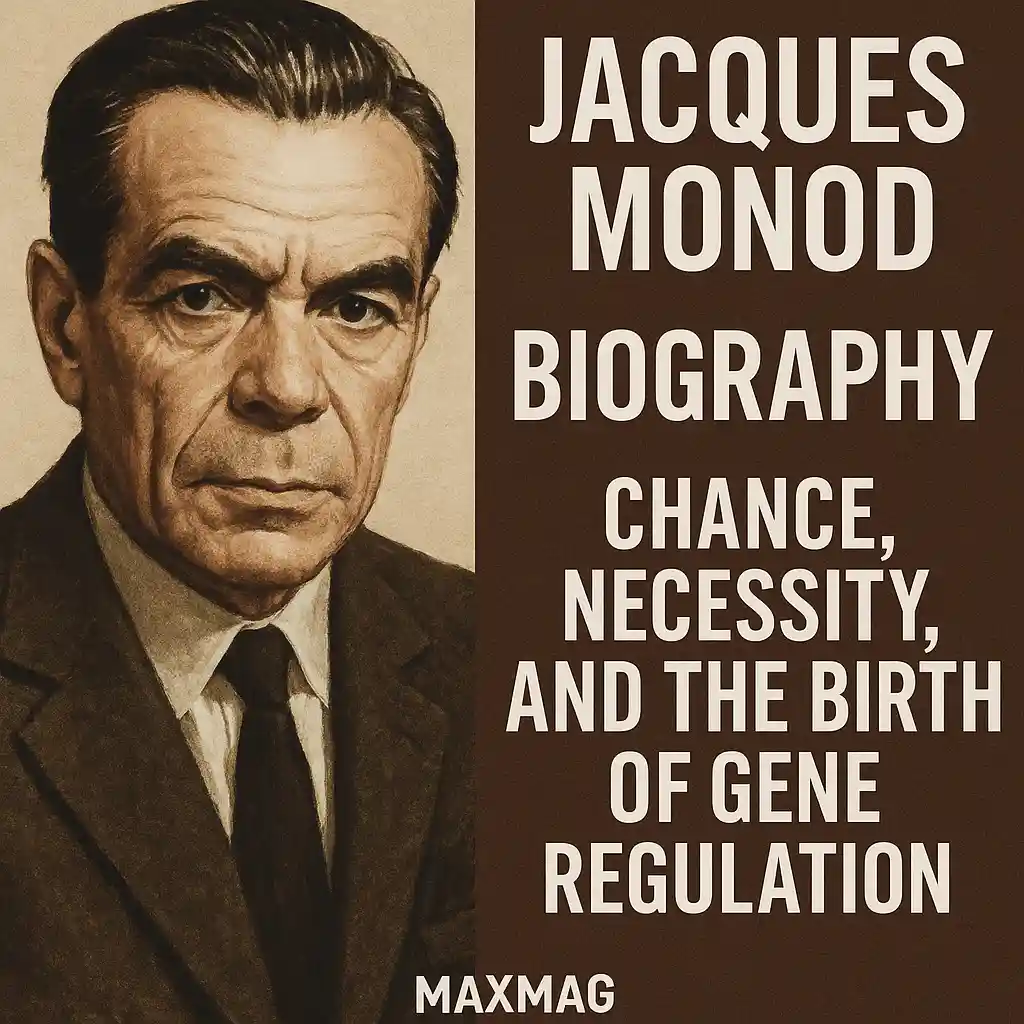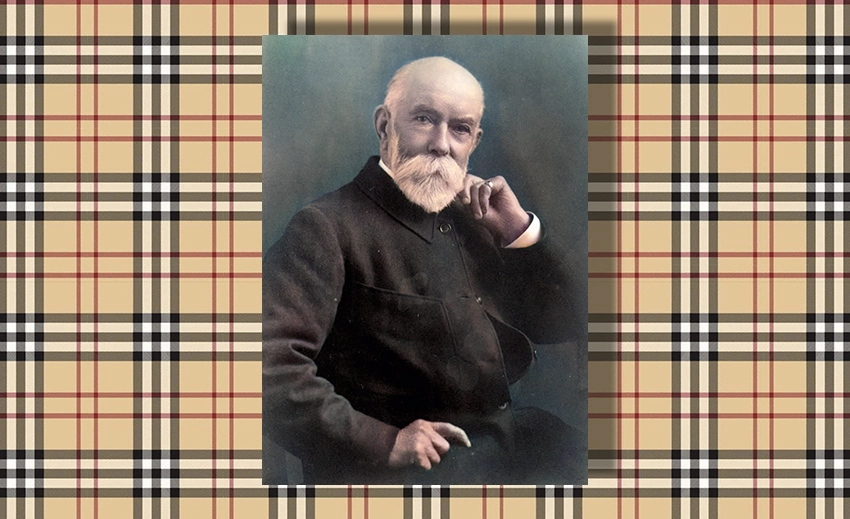
In the annals of fashion history, few garments carry the weight of time, function, and elegance like the trench coat. Central to its legacy is the name Thomas Burberry—a visionary who turned a humble tailor’s shop in Victorian England into one of the most influential fashion houses in the world. The Burberry trench coat history is not just about a piece of clothing; it’s the chronicle of a material innovation, a wartime necessity, and an enduring style.
Thomas Burberry’s influence reaches far beyond fashion runways. His story begins with a problem: how to stay dry without being suffocated in heavy, waxed garments. The solution he invented—gabardine—revolutionized not just outerwear but the very way people engaged with the elements. From military trenches to Hollywood cinema, and now city streets around the globe, the Burberry trench coat has remained iconic for over a century.
H2: The Burberry Trench Coat History – From Fieldwear to Fashion Staple
To understand the Burberry trench coat history, we must return to 19th-century England. In 1856, Thomas Burberry founded his own outfitting business in Basingstoke, focused on creating clothing suited to rural lifestyles. But Burberry wasn’t content with the status quo. He sought a way to make weather-resistant garments that didn’t weigh down or trap heat.
In 1879, Burberry introduced gabardine—a durable, tightly woven cotton fabric that was breathable yet resistant to rain and wind. Unlike rubberized coats, gabardine didn’t rot, stiffen, or smell over time. It was a breakthrough that redefined functionality in fashion.
By the early 1900s, Burberry’s invention caught the attention of the British military. Soldiers needed a coat that offered protection against the rain, didn’t hinder movement, and adapted to combat conditions. Burberry designed a long, belted coat with epaulettes, gun flaps, storm shields, and deep pockets—perfect for life in the trenches of World War I. Thus, the trench coat was born, and so began the garment’s long journey through history.
Innovation That Changed the World
Gabardine wasn’t just a fashion triumph—it was a fabric that accompanied explorers to the ends of the Earth. In the early 20th century, polar adventurers like Roald Amundsen and Ernest Shackleton wore Burberry clothing on their expeditions. Gabardine’s breathability allowed for comfort in the most extreme climates, while its resilience provided reliable shelter.
The Burberry trench coat history is steeped in this spirit of exploration and adventure. It’s not just about what you wear—it’s about where it can take you. Whether navigating London’s rainy streets or crossing icy continents, the trench coat became synonymous with trust and performance.
A Design Rooted in Purpose
Every feature of the classic trench coat tells a story. The storm flap? Created to prevent water from entering through buttonholes during downpours. The belt’s metal D-rings? Once used to carry gear and grenades. Epaulettes served to display military rank. Large pockets held maps, notebooks, and gloves.
This attention to detail wasn’t lost on civilians. After World War I, soldiers returned home with their trench coats. The military garment soon transitioned into everyday fashion, loved for its utility and strong silhouette. It was both rugged and refined—an ideal blend of practicality and sophistication.
Burberry in the Spotlight: From the Battlefield to the Big Screen
The Burberry trench coat history took another leap during the golden age of cinema. Hollywood embraced the coat not just as clothing but as character. Humphrey Bogart wore it in Casablanca, projecting stoicism and vulnerability. Audrey Hepburn transformed it into a symbol of elegance in Breakfast at Tiffany’s. These appearances gave the trench coat cultural weight and global visibility.
From there, Burberry’s trench coat became a staple in fashion circles. It was adopted by intellectuals, artists, and professionals. In the 1960s and ’70s, it evolved with the times—shorter cuts, new materials, and varied fits. Still, the design’s core remained faithful to its roots.
Today, the coat is regularly featured in fashion publications like Vogue and GQ, which often highlight its timeless appeal. The trench coat, especially in its original gabardine form, is now a multi-season investment piece, beloved by both men and women.
Craftsmanship That Endures
While fashion trends come and go, the Burberry trench coat is crafted to last. Even today, Burberry weaves its gabardine fabric in Yorkshire using a method perfected over 140 years ago. Each coat undergoes over 100 intricate processes, many performed by hand, at Burberry’s workshop in Castleford.
This level of craftsmanship is rare in modern fashion. But it’s part of why the Burberry trench coat history continues to matter. Each stitch carries the weight of tradition. Each buckle, flap, and collar has purpose. Owning a trench coat isn’t just a fashion choice—it’s a statement of quality, heritage, and durability.
More Than Fashion: Cultural and Emotional Connection
Why has the Burberry trench coat remained relevant for so long? Because it represents more than protection from rain. It symbolizes resilience, identity, and quiet strength. It has clothed soldiers, detectives, artists, lovers, and rebels. Its presence in literature, film, and art has cemented it as a cultural symbol.
Publications such as The Atlantic have analyzed the trench coat’s role in shaping public perception of masculinity and elegance. Meanwhile, Smithsonian Magazine has explored its roots in military innovation. These analyses show that the trench coat is not just outerwear—it’s part of our shared story.
A Modern Take on a Classic
Burberry’s creative directors—from Christopher Bailey to Riccardo Tisci—have continued to reinvent the coat without compromising its heritage. Modern versions come in varying lengths, fits, and even colors. Some are adorned with digital prints or updated with high-tech fabrics. Still, the essence remains intact: durable elegance for modern life.
Today, celebrities wear trench coats on red carpets, businesspeople rely on them in rainy cities, and fashion lovers see them as a capsule wardrobe essential. The coat adapts because it was born from practicality, refined through style, and supported by generations of quality workmanship.
Why the Burberry Trench Coat History Still Matters
The Burberry trench coat history is more than a legacy—it’s a blueprint for how innovation, utility, and storytelling can create a product that lasts lifetimes. Thomas Burberry didn’t just make a coat; he made a promise. That promise—of performance, quality, and timelessness—continues today.
In a world increasingly defined by fast fashion and disposability, the trench coat reminds us that some things are built to endure. It’s a garment that speaks for itself: structured, elegant, and always ready for the next chapter.
FAQ – Burberry Trench Coat History
Q1: What makes the Burberry trench coat different from other coats?
Burberry’s trench coat is crafted from gabardine, a unique water-resistant yet breathable fabric. Its design details—like storm flaps, belts, and epaulettes—come directly from its military heritage.
Q2: When was gabardine invented?
Gabardine was invented by Thomas Burberry in 1879 and patented in 1888. It was the first breathable waterproof fabric, changing outerwear forever.
Q3: Is the Burberry trench coat still made in England?
Yes, Burberry still produces its iconic trench coats in Castleford, England, and weaves the fabric in Yorkshire using traditional methods.
Q4: Why did soldiers wear trench coats?
Trench coats were designed to meet the needs of soldiers in WWI. They offered protection from wind and rain, had useful pockets, and included design elements tailored to military functionality.
Q5: Is the trench coat considered a good investment?
Absolutely. It’s considered a timeless staple, often featured in publications like GQ and Vogue as a key part of any well-curated wardrobe.






